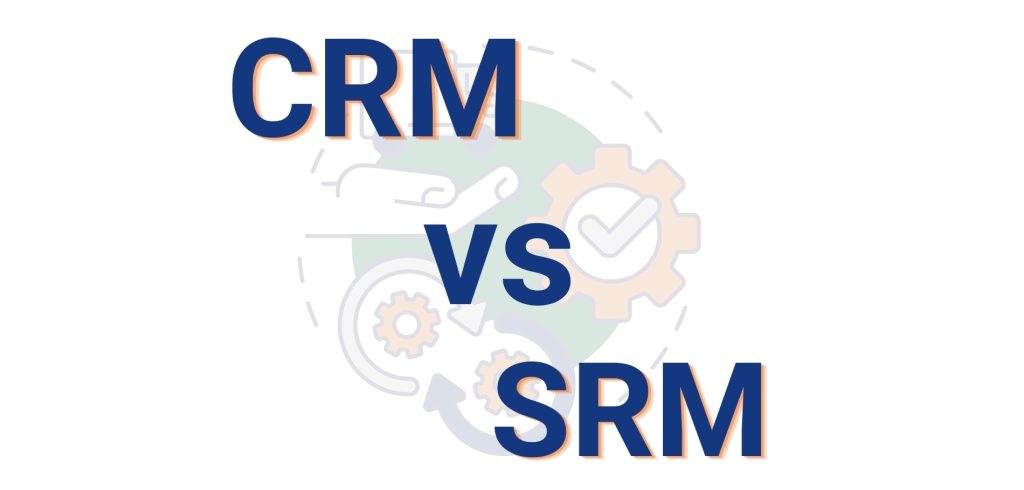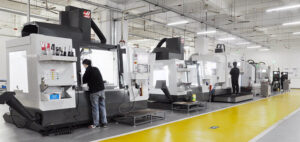The History of CRM
The term “CRM” customer relationship management is now a commonly used term, and the emergence of companies like Salesforce CRM offerings have contributed both to its growth and popularity.
The origin of CRM dates to the 1980s; however it wasn’t even called a CRM. It was called a CMS, a contact management system that was a glorified contact book for all your customer’s information such as emails, locations, contacts, etc.
It wasn’t until the mid-1990s that CRM became a more widely accepted business system. This was also when salesforce automation (SFA) began to emerge because this was essentially automating all presale activities in conjunction with the contact information stored in the CMS.
This CRM boom in the late 1990s and early 2000s led to a highly diluted and over-saturated market. This forced CRM vendors to diversify product offerings and led to the creation of different suites for different departments involved in the sales relationship journey.
Over the last three decades, the CRM market size was valued at $41.93 billion in 2019, projected to reach $96.39 billion by 2027.
Evolution of SRM
The term “SRM,” supplier relationship management, is still not nearly as well-known as CRM. While many tools and technologies have been made available for the customer side of enterprises to manage sales, supplier management lacks advancement. According to the Deloitte 2021 CPO Survey, about half the organizations are not using SRM tools for supplier collaboration. However, digital transformation is one of the most critical priorities among CPOs, so it’s just a matter of time before more organizations realize the value of adopting these types of systems.
Over the last few years, our industry has seen significant tariffs on global trade, pandemics, and war that have had global ripple effects. If we have learned anything, we must be even more conscious of where we get our product from and how we get it. Supply Chains have been challenged over the last 2-3 years, but companies must find ways to understand, engage, track, and manage their supply bases.
The reality is that any company selling a finished good or product must devote attention and time to this problem that has been forced by macro-global issues entirely out of our control.
Advancements in SRM
MESH SRM is a combination of 3 products that allow organizations to do everything across sourcing, purchasing, and procurement workflows:
- MESH Sourcing: Find suppliers around the world across a range of manufacturing processes, materials, and commodities + qualifying suppliers through supplier profile which includes a 45-question sourcing audit, production capabilities, manufacturing equipment, factory photos & videos. MESH Audit is a global standard to evaluate a variety of manufacturing factories, processes, and technologies on one rating system.
- MESH RFQ: Engage in quoting activity with suppliers throughout the entire process, from creating and sending the RFQ, receiving supplier quotations, to comparing and awarding projects
- MESH Supplier Management: Allow organizations to manage ongoing supplier relationships – segment and classify suppliers while also tracking certifications, agreements, audits, and documents to maintain compliance
Visit www.meshworks.com to learn how MESH can digitize your supplier management, supplier compliance, RFQ, and quality management processes.
References
https://www.kodiakhub.com/blog/srm-is-in-for-the-same-ride-that-crm-took-10-years-ago
https://www.alliedmarketresearch.com/crm-software-market
https://www2.deloitte.com/us/en/insights/topics/operations/chief-procurement-officer-cpo-survey.html




